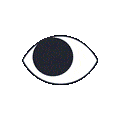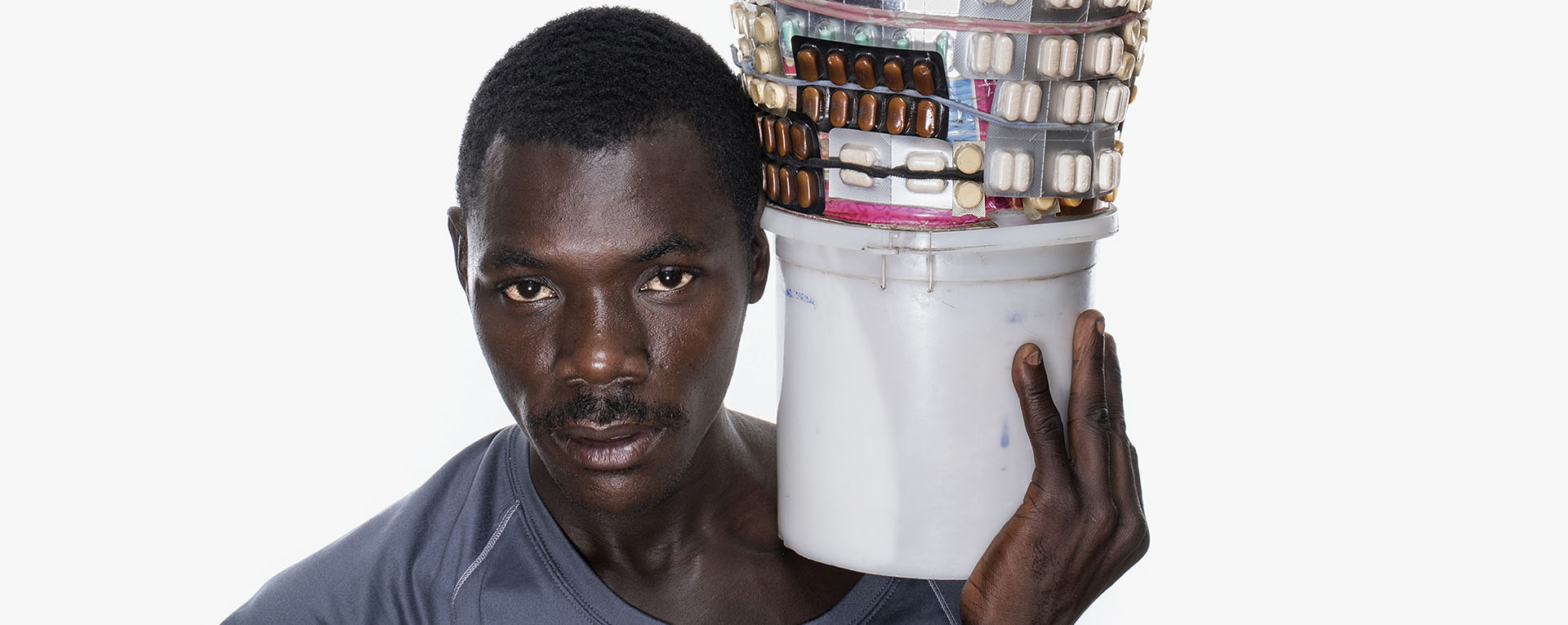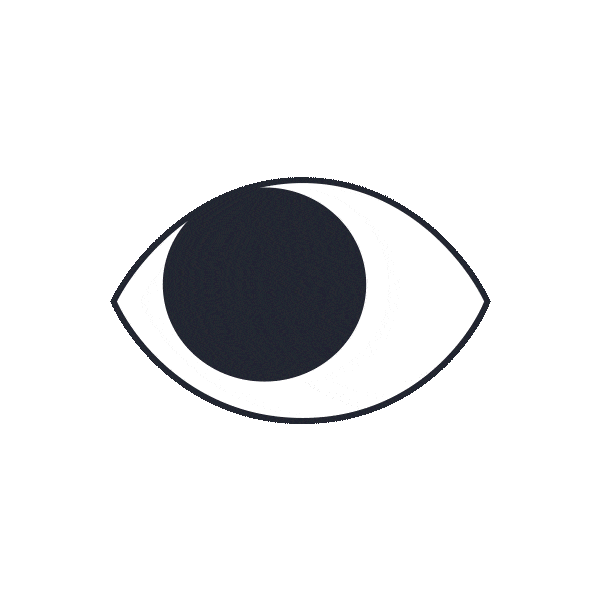In Happy Pills, journalist Arnaud Robert and photographer Paolo Woods spent five years tracking down various pills around the world to gauge the scale of the pharmaceutical industry and our dependence on drugs. A dizzying investigation.

You’re getting blind.
Don’t miss the best of visual arts. Subscribe for $9 per month or $108 $90 per year.
Already suscribed ?
Read more: Humanizing the United States’ Opioid Crisis



